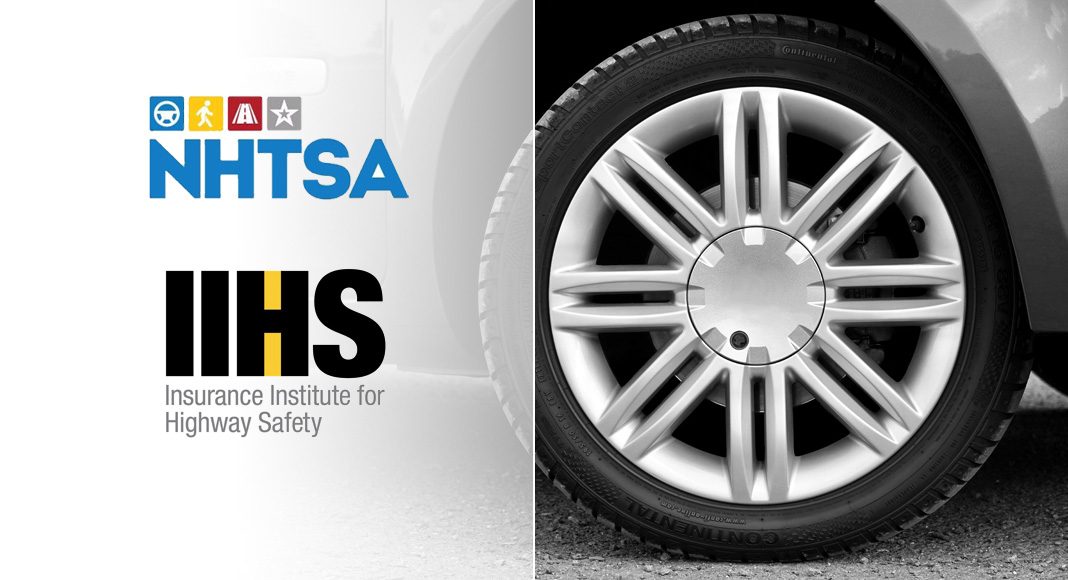More U.S. automakers are choosing to make automobiles safer by including automatic emergency braking (AEB) as a standard feature in their vehicles.
Four out of 20 automakers report that AEB was standard on more than half of their 2017 model year vehicles, the National Highway Traffic Safety Administration (NHTSA) and the Insurance Institute for Highway Safety (IIHS) have announced.
Even without making it standard, another five automakers report that more than 30% of vehicles they produced in 2017 were equipped with AEB.
âThe growing number of vehicles offering automated emergency braking is good news for Americaâs motorists and passengers,â said U.S. Transportation Secretary Elaine L. Chao. âWith each model year, manufacturers will increasingly utilize technology to allow vehicles to âseeâ the world around them and navigate it more safely.â
A total of 20 automakers pledged to voluntarily equip virtually all new passenger vehicles by September 1, 2022, with a low speed AEB system that includes forward collision warning, a technology proven to help prevent and mitigate front to-rear crashes.
âIIHS is pleased to see that automakers are steadily moving toward the shared goal of putting standard AEB into every new car they sell,â said David Zuby, Executive Vice President and Chief Research Officer of IIHS. âThis is a big win for safety on our nationâs roads, which will see fewer crashes and injuries because of this commitment.â
By 2025, the commitment will prevent 28,000 crashes and 12,000 injuries, IIHS estimates.
Toyota leads all other automakers in producing the largest number of 2017 vehicles with standard AEB. The automaker equipped 56% of its 2017 fleet â 1.4 million of 2.5 million vehicles â with AEB. General Motors comes in second with 551,777 of its 2.8 million vehicles, or 20% of its 2017 fleet, built with AEB. Honda is the third-largest with 492,330 of 1.6 million vehicles with AEB, representing 30% of its 2017 fleet.



















